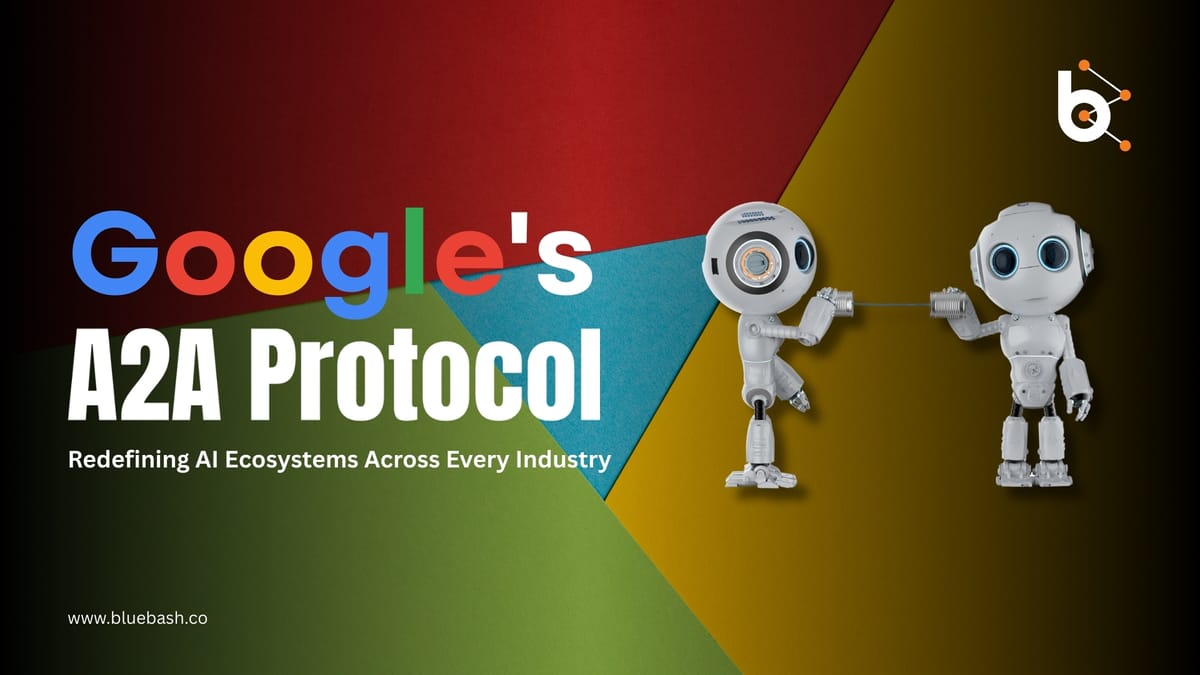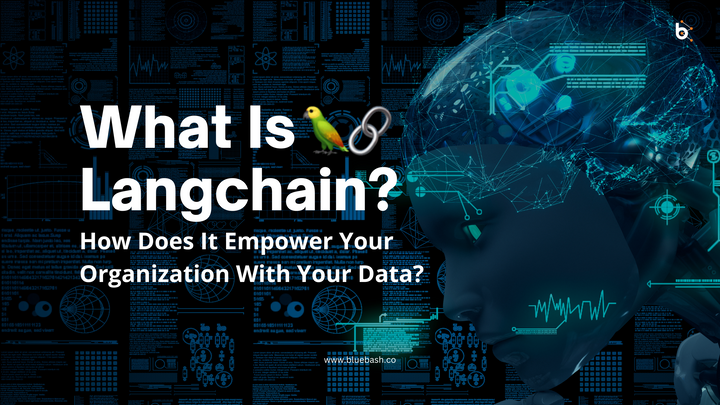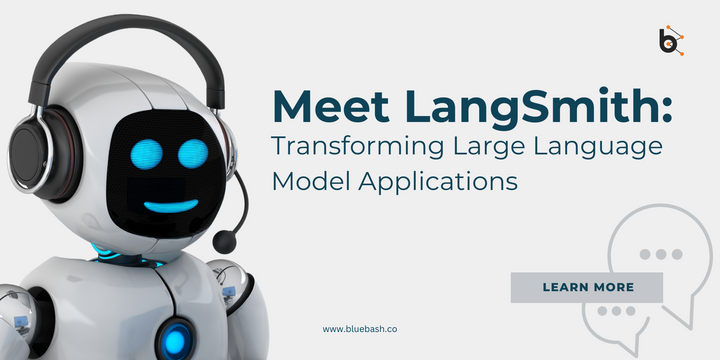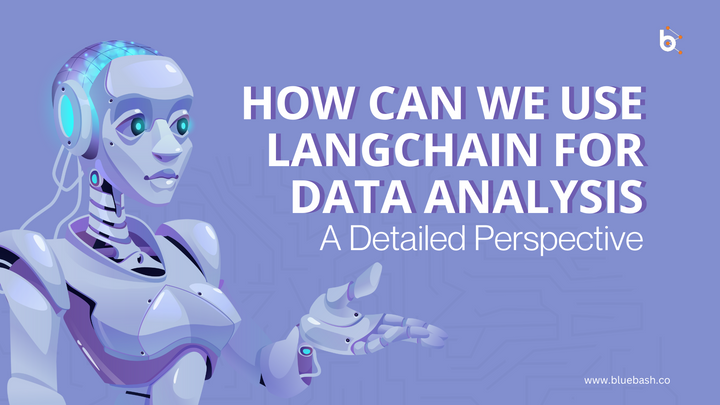How Google's A2A Protocol Could Redefine AI Ecosystems Across Industries?

In recent years, AI ecosystems have undergone significant transformation. Yet, the introduction of Google’s A2A Protocol (Agent2Agent Protocol) could mark a seismic shift in how AI agents communicate, collaborate, and operate across diverse sectors. As industries increasingly rely on intelligent agents to streamline operations, customer service, logistics, and decision-making, efficient agent2agent communication becomes paramount. This is precisely where the A2A protocol in AI steps in, promising to revolutionize the foundational infrastructure of AI systems.
In this blog, we will explore what Google’s A2A protocol is, how it enables AI ecosystem transformation with A2A, and why businesses working with an AI agent development company should pay close attention.
What Is Google’s A2A Protocol?
At its core, Google’s A2A (Agent2Agent) protocol is a communication framework designed to allow AI agents to interact with each other in a structured, reliable, and efficient manner. Unlike traditional single-agent models that require human intervention or centralized coordination, the A2A protocol facilitates agent2agent communication directly, enabling:
- Autonomous collaboration
- Data sharing
- Task delegation
- Knowledge transfer
By providing a standardized method for AI agents communication protocols, Google’s A2A protocol can eliminate the bottlenecks that traditionally hindered multi-agent AI systems.
Why Traditional AI Ecosystems Need a Transformation
Today’s AI landscape often consists of isolated systems. Even in sophisticated environments, AI models tend to operate within silos:
- Chatbots handle customer inquiries.
- Predictive algorithms analyze market trends.
- Recommendation engines personalize user experiences.
The agents typically do not achieve efficient communication or collaboration. Polymer effectiveness compromises operational efficiency while causing repetitive processes that neglect potential joint pursuits.
The necessity to create unified and independent AI network systems grows rapidly due to increasing industry complexity. This is where AI ecosystem transformation with A2A becomes not just beneficial—but essential.
Key Features of Google’s A2A Protocol
To appreciate the transformative potential of the A2A protocol in AI, consider its core features:
- Interoperability
The A2A protocol was designed to enable communication between various AI agents that emerged from dissimilar developers or platforms. The protocol supports various industrial applications because it functions well with different AI agent types from different developers and platforms. - Scalability
Whether an enterprise uses a few agents or thousands, the A2A protocol scales effortlessly, allowing more agents to join the ecosystem without performance degradation. - Security and Privacy
The protocol establishes protected measures to safeguard sensitive data which agents exchange during communication sessions. The security provisions are essential for specific industries including finance and healthcare and legal services. - Context Awareness
Agents using the A2A protocol can maintain and share contextual information, enabling more intelligent and relevant interactions.
AI Ecosystem Transformation with A2A: Industry-Wise Impact
Let’s break down how Google’s A2A protocol can redefine AI ecosystems across key industries:
- Healthcare
AI agents in healthcare handle a wide array of tasks—from appointment scheduling to diagnostics. Yet, they often work in isolation. With agent2agent communication enabled by A2A:
- Diagnostic AI agents can instantly share findings with treatment recommendation agents.
- Scheduling bots can coordinate with insurance verification agents.
- Research agents can pull the latest medical study data into patient care planning.
This results in seamless patient experiences, faster diagnostics, and more personalized treatments.
- Finance
Financial institutions deploy fraud detection models, trading bots, customer support agents, and more. By adopting AI agents communication protocols like A2A:
- Fraud detection agents can alert payment processing agents in real-time.
- Investment portfolio management agents can communicate with risk assessment models.
- Customer service bots can draw insights from transaction-monitoring agents.
This interconnected approach enhances efficiency, reduces fraud, and improves client satisfaction.
- E-commerce
Retailers use recommendation engines, inventory managers, chatbots, and delivery route planners. With agent2agent communication:
- Inventory agents can coordinate with dynamic pricing models.
- Delivery bots can sync with customer service agents to update order statuses.
- Personalization engines can collaborate with trend prediction models.
This creates a responsive, adaptive, and intelligent e-commerce ecosystem.
- Manufacturing
Factories increasingly rely on AI agents for production line management, quality control, and supply chain optimization. The A2A protocol in AI can:
- Allow quality control agents to halt production based on anomaly detection.
- Enable supply chain agents to reorder materials proactively.
- Facilitate predictive maintenance bots to communicate with workflow schedulers.
The result? Smarter manufacturing with reduced downtime and costs.
Potential Challenges & How to Overcome Them
While the A2A protocol promises significant benefits, transitioning isn’t without challenges:
- Compatibility Issues
Older AI systems may not be immediately compatible with the A2A protocol in AI. Solution: Gradual integration strategies and middleware solutions. - Security Concerns
Increased agent2agent communication can create more attack surfaces. Solution: Employ advanced encryption, access controls, and continuous monitoring. - Organizational Change Management
Adopting a new protocol requires cultural and procedural adjustments. Solution: Work with consultants and provide staff training to ease the transition.
The Role of AI Agent Development Companies in the A2A Revolution
As the A2A protocol becomes more prevalent, working with an experienced AI agent development company will be critical for businesses aiming to modernize their AI ecosystems. Bluebash, a leader in AI agent development solutions, is at the forefront of helping organizations leverage the full potential of agent2agent communication and the A2A protocol in AI.
Why Choose Bluebash as Your AI Agent Development Partner for A2A Integration
- Customization
Each business has unique needs. A skilled development partner like Bluebash can tailor A2A-compliant agents that align with your specific objectives. - Integration
Transitioning to an A2A protocol ecosystem requires integrating new and existing agents—a complex task best handled by experts such as Bluebash. - Security
Professional developers at Bluebash ensure that agent2agent communication remains secure, protecting sensitive data and maintaining compliance. - Future-Proofing
An experienced company like Bluebash stays ahead of trends and updates, ensuring your AI ecosystem evolves with the protocol.

Future Outlook: What’s Next for A2A and AI Ecosystems?
Google’s A2A protocol is still in its early stages, but its potential is enormous. We anticipate:
- Standardization Across Platforms
Expect the A2A protocol to become a widely accepted standard for AI agents communication protocols. - AI Agent Marketplaces
An increase in interoperability may lead to the emergence of marketplaces which offer agents as well as their A2A compliance licenses for buying and selling purposes. - Cross-Industry Collaborations
Different industry AI ecosystems could operate together to develop innovative solutions which span across multiple sectors. - Enhanced AI Autonomy
As agents communicate more efficiently, they will require less human supervision and become increasingly autonomous.
Conclusion
The dawn of Google’s A2A protocol signals a transformative era for AI ecosystems. By enabling seamless, secure, and scalable agent2agent communication, it paves the way for intelligent networks that can revolutionize industries—from healthcare to finance, e-commerce, manufacturing, and beyond.
For businesses looking to harness the power of this new paradigm, partnering with an experienced AI agent development company like Bluebash will be essential. As we stand on the brink of widespread AI ecosystem transformation with A2A, the organizations that act now will lead the charge into a smarter, more connected future.
FAQ's
- What is Google’s A2A Protocol?
Google’s A2A (Agent2Agent) Protocol is a communication framework that enables AI agents to interact, collaborate, and share data autonomously across systems. - How does the A2A protocol transform AI ecosystems?
It allows seamless agent2agent communication, enabling interoperability, scalability, and autonomous collaboration across industries like healthcare, finance, and manufacturing. - Why is agent2agent communication important?
Efficient agent2agent communication eliminates silos, enhances workflow automation, and improves decision-making by allowing AI agents to share context and tasks. - What industries can benefit from A2A protocol in AI?
Healthcare, finance, e-commerce, and manufacturing can leverage A2A for improved efficiency, reduced costs, and smarter autonomous systems. - Why choose Bluebash for A2A protocol integration?
Bluebash specializes in customizing, integrating, and securing A2A-ready AI agents, ensuring future-proof AI ecosystems tailored to your business needs.



